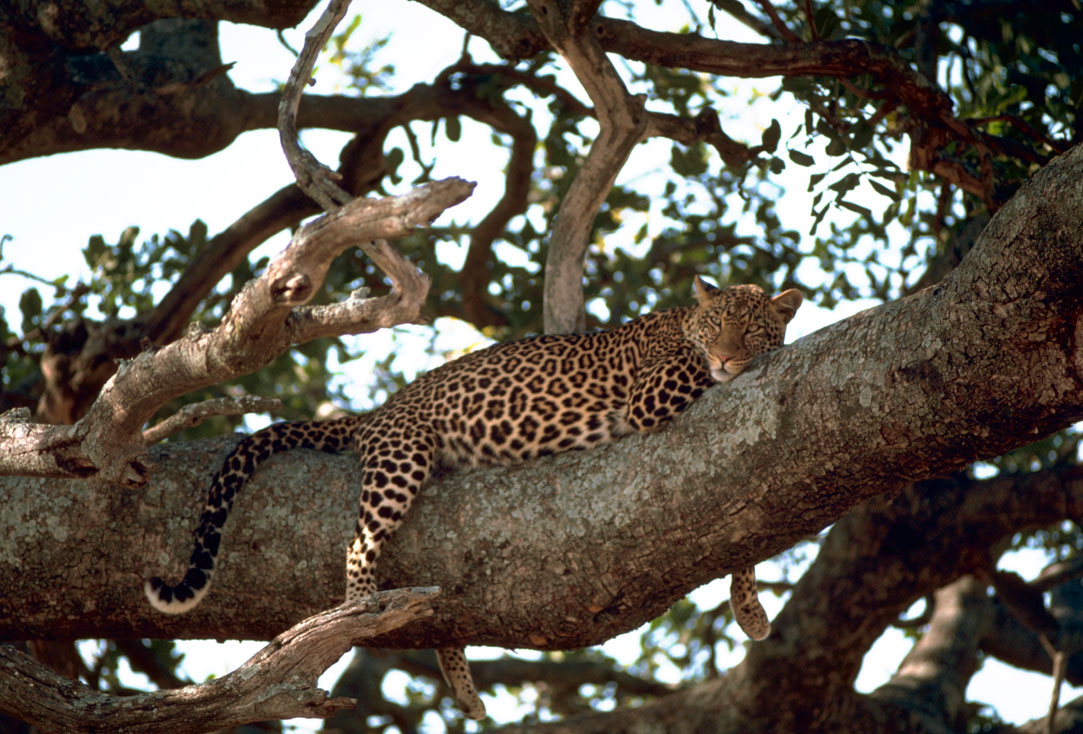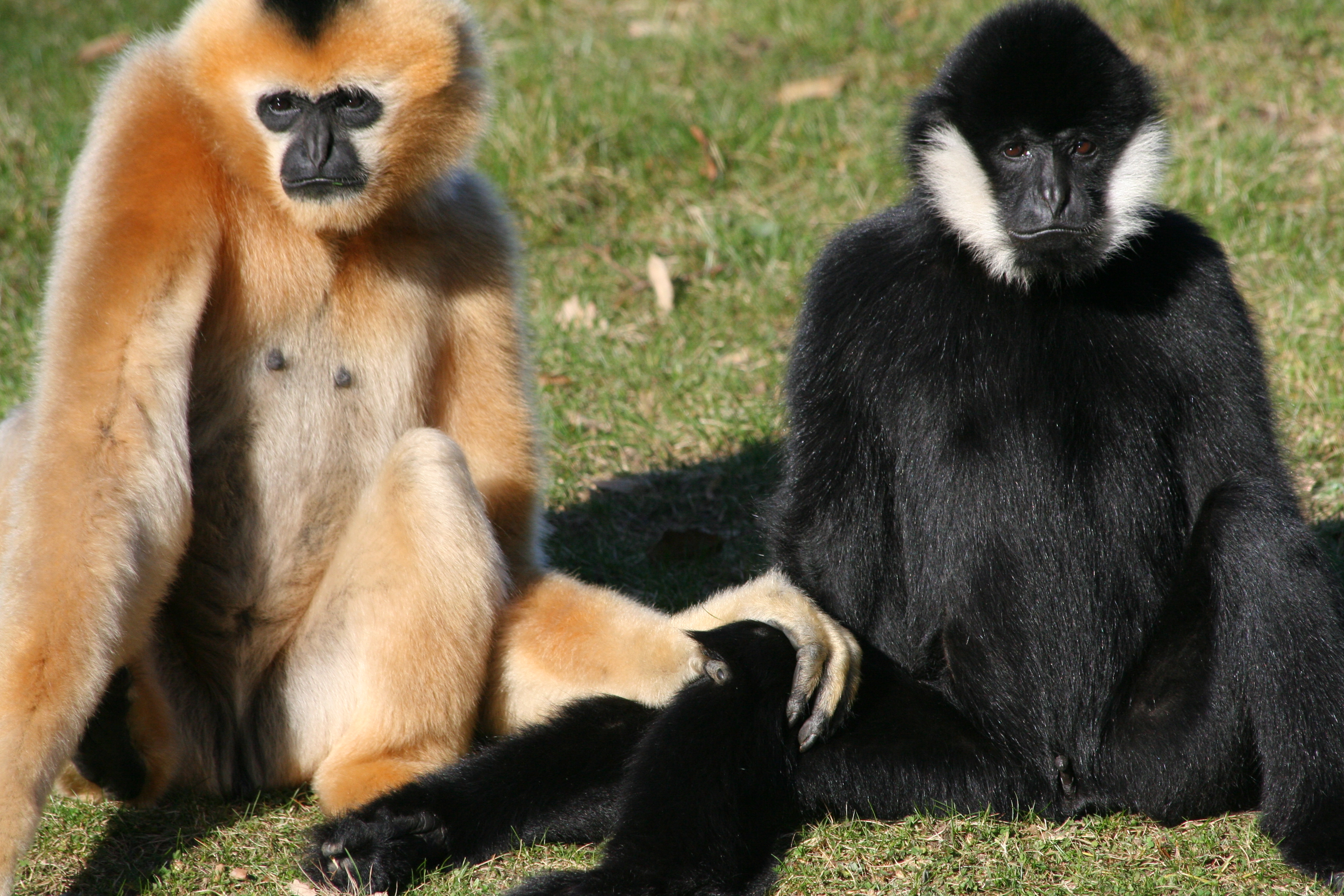|
Fauna Of China
China's vast and diverse landscape is home to a profound variety and abundance of wildlife. As of one of 17 megadiverse countries in the world, China has, according to one measure, 7,516 species of vertebrates including 4,936 fish, 1,269 bird, 562 mammal, 403 reptile and 346 amphibian species. In terms of the number of species, China ranks third in the world in mammals,IUCN Initiatives – Mammals – Analysis of Data – Geographic Patterns 2012 . IUCN. Retrieved 24 April 2013. Data does not include species in Taiwan. eighth in birds, seventh in reptiles and seventh in amphibians. [...More Info...] [...Related Items...] OR: [Wikipedia] [Google] [Baidu] |
Macaque
The macaques () constitute a genus (''Macaca'') of gregarious Old World monkeys of the subfamily Cercopithecinae. The 23 species of macaques inhabit ranges throughout Asia, North Africa, and Europe (in Gibraltar). Macaques are principally frugivorous (preferring fruit), although their diet also includes seeds, leaves, flowers, and tree bark. Some species such as the long-tailed macaque (''M. fascicularis''; also called the crab-eating macaque) will supplement their diets with small amounts of meat from shellfish, insects, and small mammals. On average, a southern pig-tailed macaque (''M. nemestrina'') in Malaysia eats about 70 large rats each year. All macaque social groups are arranged around dominant matriarchs. Macaques are found in a variety of habitats throughout the Asian continent and are highly adaptable. Certain species are synanthropic, having learned to live alongside humans, but they have become problematic in urban areas in Southeast Asia and are not suitabl ... [...More Info...] [...Related Items...] OR: [Wikipedia] [Google] [Baidu] |
Brachiation
Brachiation (from "brachium", Latin for "arm"), or arm swinging, is a form of arboreal locomotion in which primates swing from tree limb to tree limb using only their arms. During brachiation, the body is alternately supported under each forelimb. This form of locomotion is the primary means of locomotion for the small gibbons and siamangs of southeast Asia. Gibbons in particular use brachiation for as much as 80% of their locomotor activities. Some New World monkeys, such as spider monkeys and muriquis, were initially classified as ''semibrachiators'' and move through the trees with a combination of leaping and brachiation. Some New World species also practice suspensory behaviors by using their prehensile tail, which acts as a fifth grasping hand. Evidence has shown that the extinct ape ''Proconsul'' from the Miocene of East Africa developed an early form of suspensory behaviour, and was therefore referred to as a ''probrachiator.'' Upon further observations and more in de ... [...More Info...] [...Related Items...] OR: [Wikipedia] [Google] [Baidu] |
Arboreal
Arboreal locomotion is the locomotion of animals in trees. In habitats in which trees are present, animals have evolved to move in them. Some animals may scale trees only occasionally (scansorial), but others are exclusively arboreal. The habitats pose numerous mechanical challenges to animals moving through them and lead to a variety of anatomical, behavioral and ecological consequences as well as variations throughout different species. Cartmill, M. (1985). "Climbing". pp. 73–88 ''In'': Hildebrand, Milton; Bramble, Dennis M.; Liem, Karel F.; Wake, David B. (editors) (1985). ''Functional Vertebrate Morphology''. Cambridge, Massachusetts: Belknap Press. 544 pp. . Furthermore, many of these same principles may be applied to climbing without trees, such as on rock piles or mountains. Some animals are exclusively arboreal in habitat, such as tree snails. Biomechanics Arboreal habitats pose numerous mechanical challenges to animals moving in them, which have been solved in ... [...More Info...] [...Related Items...] OR: [Wikipedia] [Google] [Baidu] |
Apes
Apes (collectively Hominoidea ) are a superfamily of Old World simians native to sub-Saharan Africa and Southeast Asia (though they were more widespread in Africa, most of Asia, and Europe in prehistory, and counting humans are found globally). Apes are more closely related to Old World monkeys (family Cercopithecidae) than to the New World monkeys (Platyrrhini) with both Old World monkeys and apes placed in the clade Catarrhini. Apes do not have tails due to a mutation of the TBXT gene. In traditional and non-scientific use, the term ''ape'' can include tailless primates taxonomically considered Cercopithecidae (such as the Barbary ape and black ape), and is thus not equivalent to the scientific taxon Hominoidea. There are two extant branches of the superfamily Hominoidea: the gibbons, or lesser apes; and the hominids, or great apes. * The family Hylobatidae, the lesser apes, include four genera and a total of 20 species of gibbon, including the lar gibbon and ... [...More Info...] [...Related Items...] OR: [Wikipedia] [Google] [Baidu] |
Northern White-cheeked Gibbon
The northern white-cheeked gibbon (''Nomascus leucogenys'') is a Critically Endangered species of gibbon native to South East Asia. It is closely related to the southern white-cheeked gibbon (''Nomascus siki''), with which it was previously considered conspecific. The females of the two species are virtually indistinguishable in appearance. The genome of ''N. leucogenys'' was sequenced and published in 2011. Description Northern white-cheeked gibbons are sexually dimorphic, with males and females having different colourations and the former also being slightly larger. Males have black hair over their entire bodies, except for distinct white patches on their cheeks, as well as a prominent tuft of hair on the crown of head, and a gular sac. Females are reddish-tan in colour, lack a cranial tuft, and have a crest of black or dark brown fur running from the crown to the nape of the neck. They are reported to have an average weight of , although this is based on only a small num ... [...More Info...] [...Related Items...] OR: [Wikipedia] [Google] [Baidu] |
Western Hoolock Gibbon
The western hoolock gibbon (''Hoolock hoolock'') is a primate from the gibbon family, Hylobatidae. The species is found in Assam, Mizoram, and Meghalaya in India, Bangladesh, and Myanmar west of the Chindwin River. Classification Mootnick and Groves stated that hoolock gibbons do not belong in the genus ''Bunopithecus'', and placed them in a new genus, ''Hoolock''. This genus was argued to contain two and later three distinct species, which were previously thought to be subspecies: ''H. hoolock'', '' H. leuconedys'', and '' H. tianxing''. A larger evolutionary distance was later found to exist between these three species and the white-handed gibbons than between bonobos and chimpanzees. A new subspecies of the western hoolock gibbon has been described recently from northeastern India, which has been named the Mishmi Hills hoolock gibbon, ''H. h. mishmiensis''. Vocalisation Like other gibbons, hoolock gibbon pairs produce a loud, elaborate song, usually as a duet from the f ... [...More Info...] [...Related Items...] OR: [Wikipedia] [Google] [Baidu] |
Chinese Zodiac
The Chinese zodiac is a traditional classification scheme based on the Chinese calendar that assigns an animal and its reputed attributes to each year in a repeating twelve-year (or duodenary) cycle. The zodiac is very important in traditional Chinese culture and exists as a reflection of Chinese philosophy and Chinese culture, culture. Chinese folkways held that one's personality is related to the attributes of their zodiac animal. Originating from China, the zodiac and its variations remain popular in many East Asian and Southeast Asian Sovereign state, countries, such as Japan, South Korea, Vietnam, Singapore, Nepal, Bhutan, Cambodia, and Thailand. Identifying this scheme as a "''zodiac''" reflects superficial similarities to the western astrology, Western zodiac: both divide time cycles into twelve parts, label the majority of those parts with animals, and are used to ascribe a person's personality or events in their life to the person's particular relationship to the cycle. ... [...More Info...] [...Related Items...] OR: [Wikipedia] [Google] [Baidu] |
Monkey (zodiac)
The monkey ( 猴) is the ninth of the 12-year cycle of animals which appear in the Chinese zodiac related to the Chinese calendar. The year of the monkey is associated with the Earthly Branch symbol 申. Years and the five elements People born within these date ranges can be said to have been born in the "year of the monkey", while bearing the following elemental An elemental is a mythic supernatural being that is described in occult and alchemy, alchemical works from around the time of the European Renaissance, and particularly elaborated in the 16th century works of Paracelsus. According to Paracelsu ... sign: Basic astrology elements References Further reading * * * External links * {{Authority control Chinese astrological signs Vietnamese astrological signs Monkeys and apes in Chinese mythology de:Chinesische Astrologie#Zählung ab Jahresbeginn ... [...More Info...] [...Related Items...] OR: [Wikipedia] [Google] [Baidu] |
Monkeys In Chinese Culture
Monkeys are one of the smartest animals amongst the animal kingdom according to the Chinese culture. Monkeys, particularly macaques and monkey-like gibbons, have played significant roles in Chinese culture for over two thousand years. Some examples familiar to English speakers include the Chinese zodiac, zodiacal Year of the Monkey (zodiac), Monkey, the Monkey King Sun Wukong in the novel ''Journey to the West'', familiar from its TV version Monkey (TV series), ''Monkey'', and Monkey Kung Fu. Terminology The Chinese language has numerous words meaning "simian; monkey; ape", some of which have diachronically changed meanings in reference to different simians. For instance, Chinese ''xingxing'' 猩猩 was originally named "a mythical creature with a human face and pig body", and became the modern name for the "orangutan". Within the classification of Chinese characters, almost all "monkey; ape" words – with the exceptions of ''nao'' 夒 and ''yu'' 禺 that were originally monkey P ... [...More Info...] [...Related Items...] OR: [Wikipedia] [Google] [Baidu] |
Loris
Loris is the common name for the strepsirrhine mammals of the subfamily Lorinae (sometimes spelled Lorisinae) in the family Lorisidae. ''Loris'' is one genus in this subfamily and includes the slender lorises, ''Nycticebus'' is the genus containing the slow lorises, and ''Xanthonycticebus'' is the genus name of the pygmy slow loris. Description Lorises are nocturnal and arboreal. They are found in tropical and woodland forests of India, Sri Lanka, and parts of southeast Asia. Their locomotion is a slow and cautious climbing form of quadrupedalism. Some lorises are almost entirely insectivorous, while others also include fruits, gums, leaves, and slugs in their diet. Lorises, like most strepsirrhines, have a special adaptation called a " toothcomb" in their lower front teeth, which they use for grooming their fur and even injecting their venom. Female lorises practice ''infant parking'', leaving their infants behind in trees or bushes. Before they do this, they bathe the ... [...More Info...] [...Related Items...] OR: [Wikipedia] [Google] [Baidu] |








